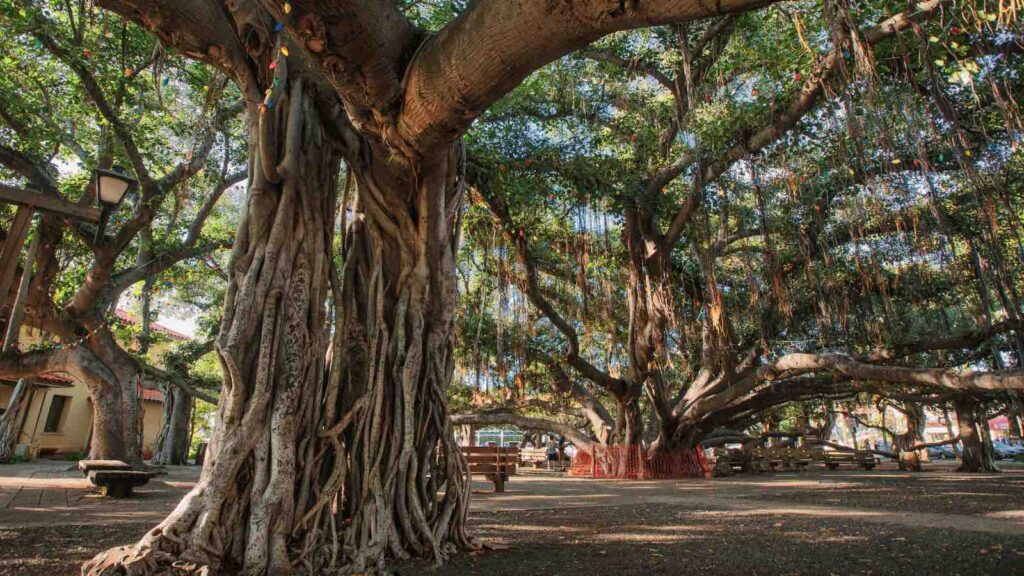From the vast canopy of the Trembesi to the towering heights of the Mahogany, these trees stand as natural allies in our ongoing quest to preserve our planet.
Trees are Earth’s silent guardians, playing a crucial role in maintaining the planet’s ecological balance. Beyond providing essential resources like water, food, and oxygen, trees are vital combatants against climate change. Their ability to sequester and store carbon dioxide is a key factor in stabilizing the world’s climate. In the absence of trees, our planet would likely be a lifeless sphere. This article explores some remarkable tree species, including those found in Indonesia, known for their immense carbon absorption capacities.
RELEVANT SUSTAINABLE GOALS


1. Trembesi Tree (Samanea saman) – The Rain Tree
Commonly known in local dialects as Ki Hujan or pohon hujan, meaning ‘rain tree’, the Trembesi tree boasts an expansive canopy that can reach up to 30 meters wide, resembling a giant umbrella. Native to South America and now found in tropical countries like Indonesia, the Trembesi is renowned for the water that drips from its leaves. In its natural habitat, this tree acts as a significant shade provider. Remarkably, a single Trembesi tree can absorb about 28.5 tons of CO2 annually, outperforming many other species.
2. Cassia Tree (Cassia sp.) – The Ornamental Beauty
Belonging to the leguminous family, Cassia trees are celebrated for their vibrant flowers in shades of pink, peach, mauve, and orange, making them popular in ornamental gardens. These trees, which can grow up to 15 meters tall, are also instrumental in reforestation efforts and combating desertification. Each Cassia tree has the potential to absorb at least 5.3 tons of CO2 per year.
3. Beringin or Banyan Tree (Ficus benjamina) – The Mystical Giant
Despite its reputation in Indonesian folklore as a haunted tree, the Beringin or Banyan tree is an environmental powerhouse. With a height ranging from 15 to 25 meters and a lifespan of hundreds of years, these trees are known for their high water absorption and storage capabilities. They also have unique hanging roots that serve as a respiratory system. Each Banyan tree can absorb around 540 kilograms of CO2 annually.
4. Matoa Trees (Pometia pinnata) – The Papua Native
Originating from Papua, Matoa trees are found across the island’s lowlands and have spread to regions like Sulawesi, Maluku, and Java. These trees, which can grow up to 50 meters tall and produce sweet, oval-shaped fruits, contribute significantly to carbon sequestration. Each Matoa tree can absorb approximately 330 kg of CO2 each year.
5. Mahogany (Swietenia macrophylla) – The Versatile Giant
Native to Central and South America, Mahogany trees can reach heights of 35 meters and diameters of up to 125 centimeters. Known as shade trees in their natural habitats, Mahogany trees are also lauded for their groundwater storage abilities. A single Mahogany tree can absorb up to 296 kilograms of CO2 per year.
Lead image of the Banyan Tree courtesy of Hotaik Sung from Getty Images
You may also be interested in :
Mini Forests Boost Biodiversity And Ecological Functions In Sumatra’s Palm Oil Plantations



